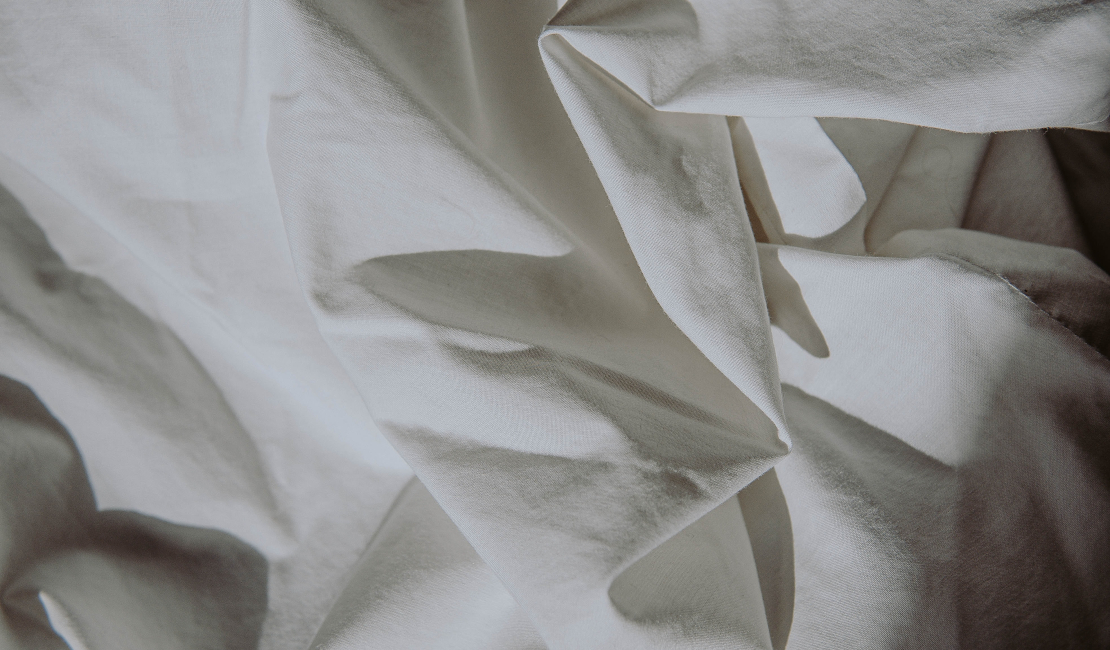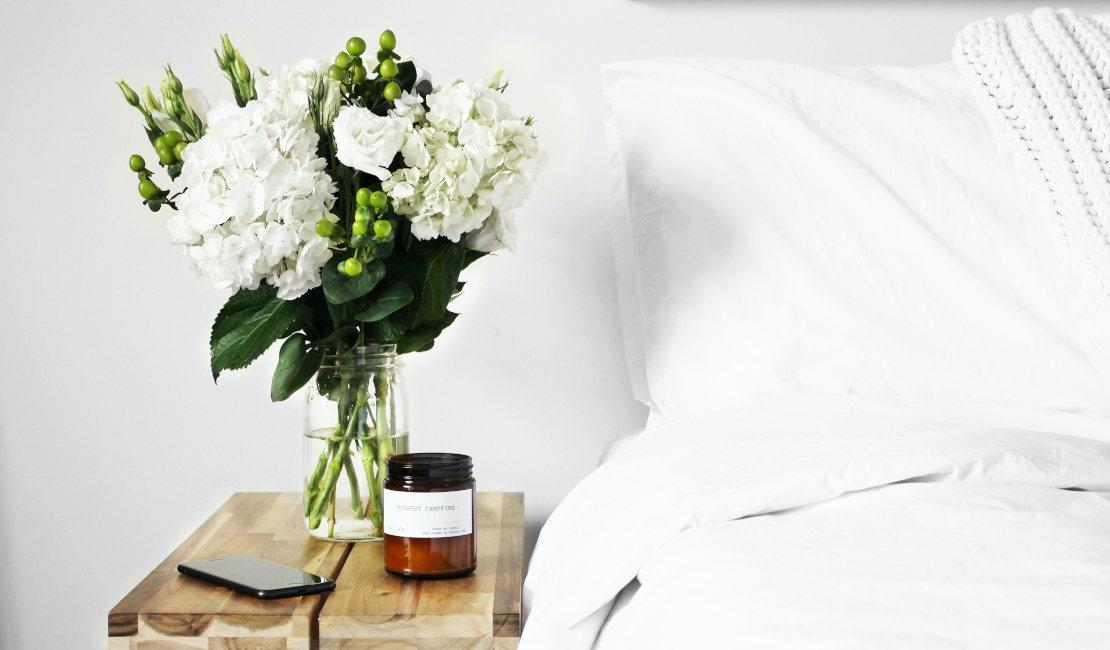Not sure where to start?
Answer a few simple questions and we’ll direct you to your perfect bed.
Enable notifications to get the best news on sales and special offers
Have you ever wondered about the use of a flat sheet? Are you of the opinion that they are redundant and that fitted sheets are the way to go? Or maybe you are on the fence and don’t know which bed sheets to get for your new bed. Well, allow The Mattress Warehouse to guide your choice. We have been in the bed industry for a while now and know our way around a bedding set. We’ll give you a brief overview of bed sheets and then we’ll give you the step-by-step guide on how to make your bed with flat sheets.
Bedding consists of a set of sheets, pillow shams and a duvet/comforter. As a rule, your sheets and pillowcases should match (at least the pillows your sleep on). However, sheets aren’t just sheets, if you catch our meaning… There are two different types of sheets. Moreover, those different sheets can be made from a variety of materials. And lastly, the material can be woven in various ways to produce sheets that feel and age distinctly different. That’s quite a mouthful, isn’t it? Don’t worry, we’ll break it down for you:
You get fitted- and flat sheets. Fitted bed sheets have an elastic band around the edge to make them cling to your mattress. Whereas the classic flat sheet is… well… flat (rectangular with no elastic around the edge).
The most regular fabrics used to make sheets are:
There are a couple of things to keep in mind when looking at the weave of a bed sheet. Firstly, thread count. Simply put this is the number of threads per square inch of the sheet. Secondly, weave type. There are two weave types, namely Percale (durable and cheap) and Sateen (luxurious and a tad more pricey). To find out everything you need to know about thread count and weave, click here.

Flat sheets are rectangular in shape and they don’t have elastic corners, like fitted sheets. This makes for easy folding and storage. Some people also refer to them as top sheets.
Now that you know what a flat sheet is, you might have some questions. Luckily, we have the answers.
The flat sheet’s most common use is to form an extra layer between the bottom sheet, which covers the mattress, and the blanket or duvet. This serves a dual purpose. Firstly it keeps the duvet/blanket clean because it absorbs bodily material that you shed while you sleep. And secondly, the top sheet adds a layer of warmth and luxury for more restorative sleep. When used as a top sheet, you should place the sheet face down so when you tuck the covers back, the top of the sheet faces up.
In most cases, yes. You can either place the flat sheet between yourself and the blanket/duvet for extra warmth. Or if it is a warm night, you can remove the duvet and sleep under only the sheet.
There are two schools of thought. Those for the flat sheet, and those against. We here at The Mattress Warehouse are firm believers in option one. And here’s why:

At last, we come to what you’ve all been waiting for. How to make a bed with a flat sheet. As we’ve already mentioned, flat sheets are normally used as a layer (face down, remember) between the bottom sheet and the duvet/blanket. But you can also use flat sheets instead of fitted sheets. We broke our step-by-step instructions into two sections. First, we’ll explain in detail how to use a flat sheet as the bottom sheet and then we expand on how to make your bed as a whole.
1. Move your bed away from the wall, so that you have enough space to move around the entire bed with ease.
2. Spread the flat sheet out over the mattress, making sure that the sides hanging down are the same length on opposing sides of the mattress (head and foot should be the same length, right and left side should be the same length).
3. Tightly tuck in the top/head and bottom/foot of the sheet. The sides of your sheet should not be tucked in for the next step.
4. Starting at the bottom left corner of your bed, stand beside the bed, facing the mattress.
5. Repeat step 4 at all of the corners. Remember to stand beside the bed and face across the mattress while you repeat these steps.
If you use a flat sheet, revert to the steps above to see how to lay the foundation of your bedding set.
There you have it. A perfectly made bed, with or without fitted sheets.

All this talk about making your bed and tucking in sheets put you in the mood to get some new bedding, yes? The good news is, not only do we know how to use bedding, we also supply it. Browse our online bedding catalogue and find all of your bedding needs in one place. You can get your flat sheet and duvet cover online at The Mattress Warehouse. Then, once you’ve made your pick, we bring it to your doorstep, free* of charge! (*terms & conditions apply)
Sleeper Couch or Sofa Bed? A Guide to What Works for Your Space
Beds For Sale: What to Know Before You Buy
Best Beds: The 7 Best Bed Brands in South Africa
Comparing Queen Beds & Double Beds: Pros, Cons & Tips
5 Affordable Kids Beds That Don’t Compromise on Quality
How to Style a Three-Quarter Bed for Maximum Style & Comfort
Bedroom Furniture Guide for Newlyweds: From “I Do” to Move-In
Why Single Beds Are Making a Comeback: Secrets to a Functional Home
From Dorm Room to First Apartment: Why a Double Mattress Is Ideal
Double Beds: Memory Foam vs. Spring Mattresses Pros and Cons
Sleeper Couch or Sofa Bed? A Guide to What Works for Your Space
Beds For Sale: What to Know Before You Buy
Best Beds: The 7 Best Bed Brands in South Africa
Comparing Queen Beds & Double Beds: Pros, Cons & Tips
5 Affordable Kids Beds That Don’t Compromise on Quality
How to Style a Three-Quarter Bed for Maximum Style & Comfort
Bedroom Furniture Guide for Newlyweds: From “I Do” to Move-In
Why Single Beds Are Making a Comeback: Secrets to a Functional Home
From Dorm Room to First Apartment: Why a Double Mattress Is Ideal
Double Beds: Memory Foam vs. Spring Mattresses Pros and Cons